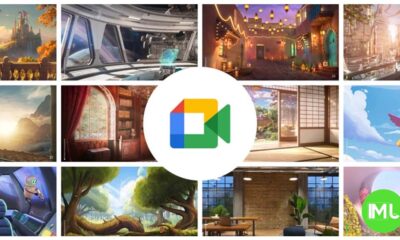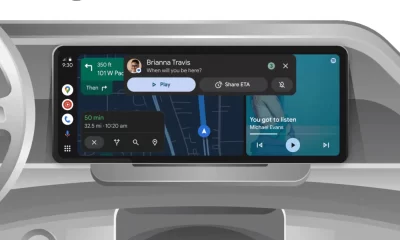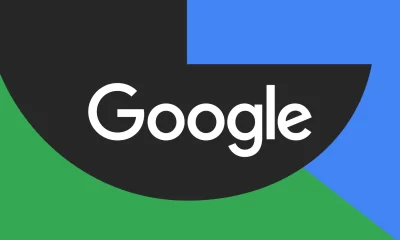Pixel 11’s dark-friendly face unlock and Pixel 10’s 4K HDR: Google’s Next Big Steps in Smartphone Tech
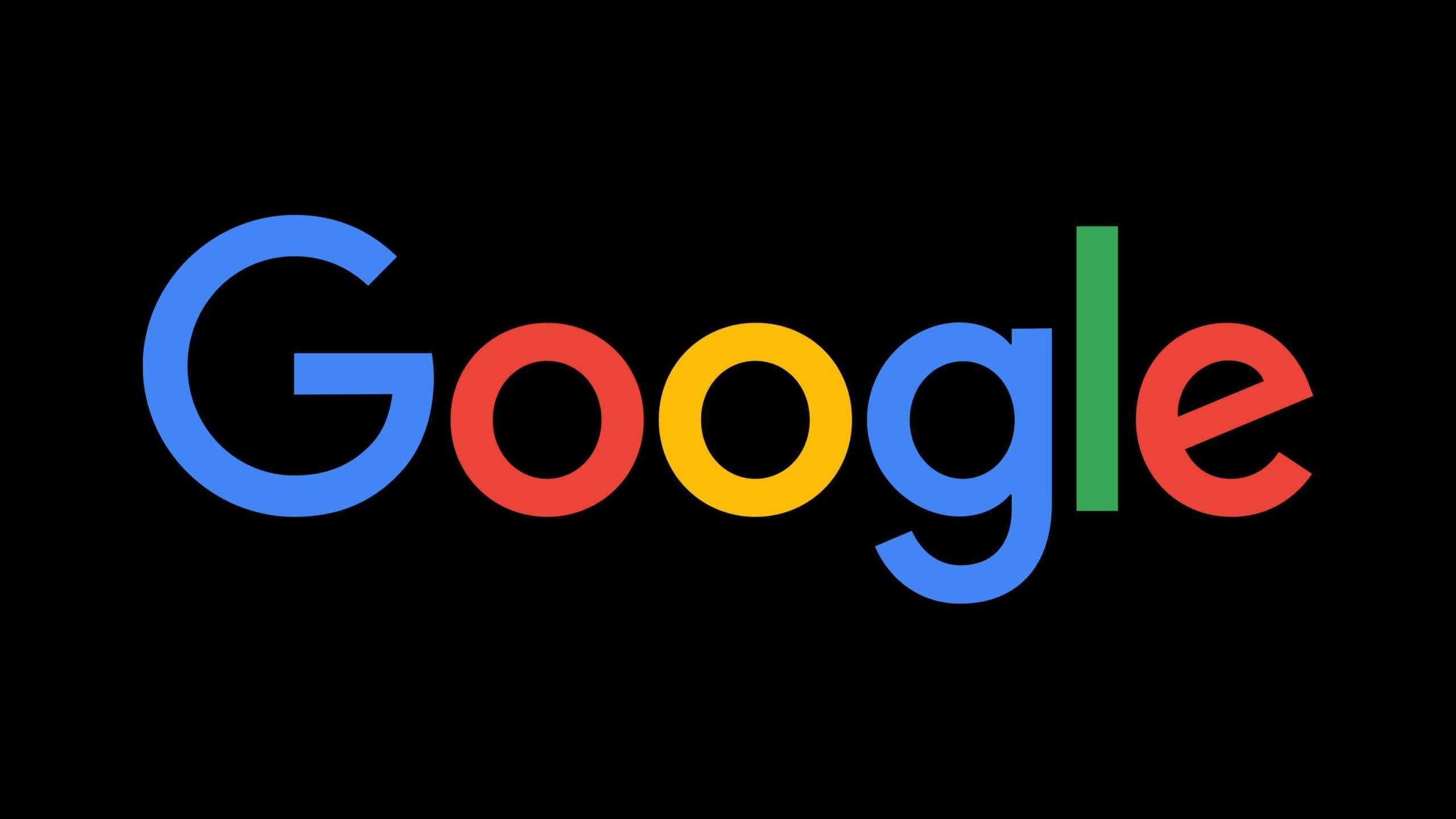
Google’s upcoming Pixel 11 could tackle a long-standing issue with its face unlock feature, allowing it to work seamlessly even in dark or low-light settings. Leveraging the new Tensor G6 chip, Google is reportedly enhancing its face unlock capabilities by potentially adding an under-display infrared (IR) camera system, which is designed to be energy-efficient. While specific details haven’t been confirmed, this new IR technology is expected to be key for reliable face unlock in any lighting, making Pixel 11 a big step forward in biometric security.
The concept of face unlock on Pixel devices dates back to the Pixel 4, which used a combination of dot projectors, flood illuminators, and IR cameras to recognize faces even in complete darkness. However, with the Pixel 7, Google shifted to a camera-based approach, which was later enhanced in the Pixel 8 with Google’s upgraded Class 3 face unlock, enabling secure access to Google Wallet, banking apps, and other services requiring high-level security. Although this system works well in bright conditions, it often struggles in low light, making users rely on the fingerprint sensor at night or in dim spaces.
The integration of an under-display IR camera in the Pixel 11 may eliminate this limitation, enhancing face unlock reliability across all lighting environments. This IR feature is particularly promising because it allows Google to avoid bulky bezels or design changes that could detract from the Pixel’s sleek look, an essential factor for 2026 and beyond.
Beyond just face unlock improvements, Google’s Pixel series is expected to bring significant camera upgrades with the upcoming Tensor G5 and G6 chips. According to recent leaks, the Pixel 10, powered by the Tensor G5, is set to support 4K video recording at 60 frames per second with HDR, a substantial upgrade from the Pixel 9’s 4K30 limitation. This change puts Google’s video capabilities on par with industry leaders and adds a new level of detail and clarity to high-quality video content.
In addition, Google plans to introduce AI-enhanced video editing features on the Pixel 10 through the Photos app, potentially offering tools similar to the Magic Editor for photos. The Tensor G5 will power on-device Stable Diffusion-based models, enabling features like “Speak-to-Tweak” and “Sketch-to-Image” for more intuitive editing experiences.
Looking even further ahead, Google’s Tensor G6 chip is expected to bring an on-device “Ultra Low Light video” feature on the Pixel 11. This capability aims to capture high-quality video in dim or cloudy environments without requiring cloud-based processing. This local processing will save time and resources, allowing smoother video capture in challenging lighting conditions like dusk or indoors with minimal light.
On the hardware side, the Pixel 11 is anticipated to introduce a new telephoto camera, offering advanced machine-learning powered 100x zoom for both photos and videos. This technology could potentially revolutionize zoom functionality, providing crisp detail at extreme magnifications. Google’s cinematic blur feature is also expected to see improvements, supporting 4K30 video and a new “video relight” function to adjust lighting effects in recorded footage, along with improved power efficiency during video recording by almost 40%.
With these advancements, the upcoming Pixel 10 and Pixel 11 will set new standards in both video quality and AI-enhanced editing, while also addressing user experience with powerful, reliable face unlock that works regardless of lighting conditions. Google’s use of AI to redefine smartphone photography and security marks a forward-thinking shift, positioning its Pixel lineup as a leader in mobile technology.
Google Meet gets a fresh new look with Material 3 design
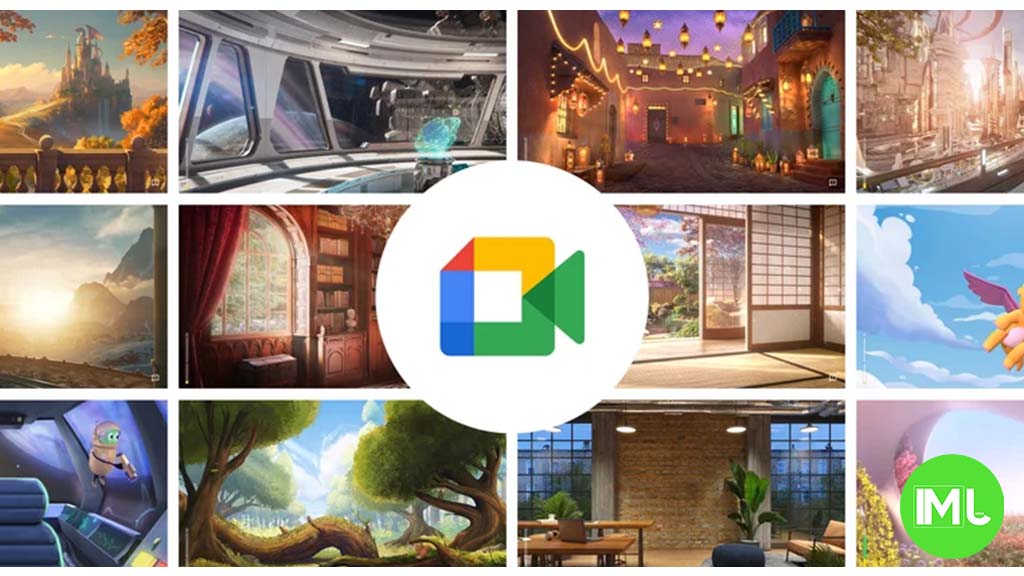
Google Meet is getting a big update to its look, thanks to the new Material 3 design. This change brings a cleaner and more modern style to the video calling app, making it easier and more enjoyable to use.
With Material 3, Google Meet now has rounder buttons, softer colors, and better spacing between elements. The main controls, like the microphone, camera, and end call buttons, are now larger and easier to tap. The icons and text are also clearer, which helps users find what they need quickly during a call.
Another improvement is the new “expressive” color system. This feature lets the app’s colors match your device’s wallpaper or theme, giving each user a unique and personalized experience. The changes also make Google Meet more accessible, as the new design is easier to read and use for everyone, including people with vision difficulties.
These updates are rolling out to both web and mobile versions of Google Meet. Google says the new look will help people feel more comfortable and focused during their meetings. Overall, the Material 3 update makes Google Meet not only look better but also work better for all its users.
Android
Easy ways to change Android Auto’s look with light and dark themes
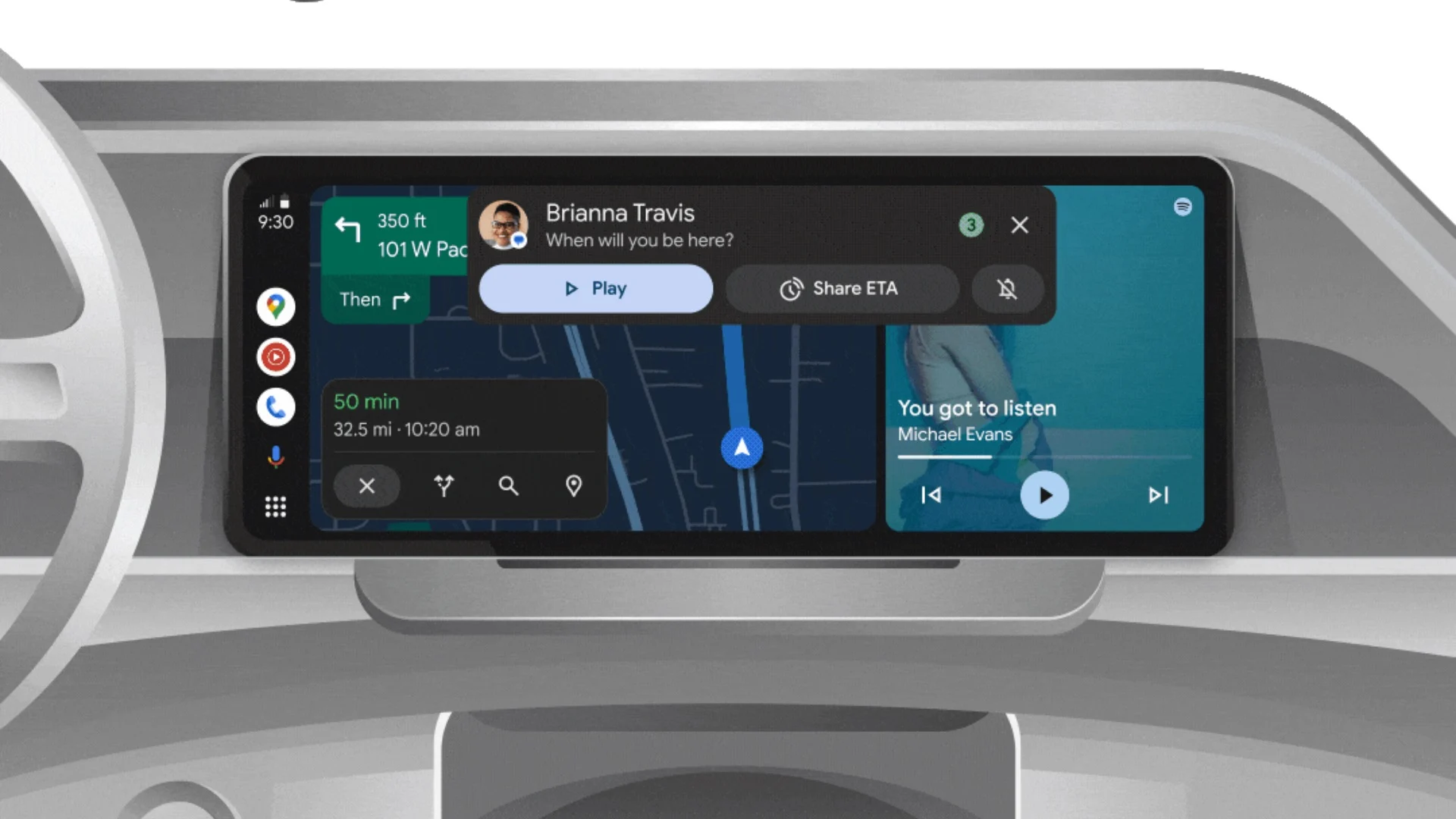
Android Auto is a helpful tool that lets you use your phone’s apps safely while driving. It connects your phone to your car’s screen, making it easier to use maps, music, and calls. One of the features many people like is the ability to change how Android Auto looks by switching between light and dark themes.
How to switch between light and dark themes
Android Auto offers two main themes: light and dark. The light theme uses brighter colors, which can make the screen easier to see during the day. The dark theme uses darker colors, which can be more comfortable for your eyes at night or in low light.
To change the theme, follow these steps:
- Open the Android Auto app on your phone.
- Go to the settings menu.
- Find the “Theme” option.
- Choose between “Light,” “Dark,” or “Set by car” (this lets your car decide the theme based on the time of day or your car’s settings).
Why themes matter
Using the right theme can make driving safer and more comfortable. The light theme is good for bright days, while the dark theme helps reduce glare at night. Having these options means you can pick what works best for you, making Android Auto easier to use in any condition.
In short, Android Auto’s theme options are simple to use and help you drive more safely by making the screen easy to see, no matter the time of day.
Google Drive and Files by Google get fresh updates for easier use
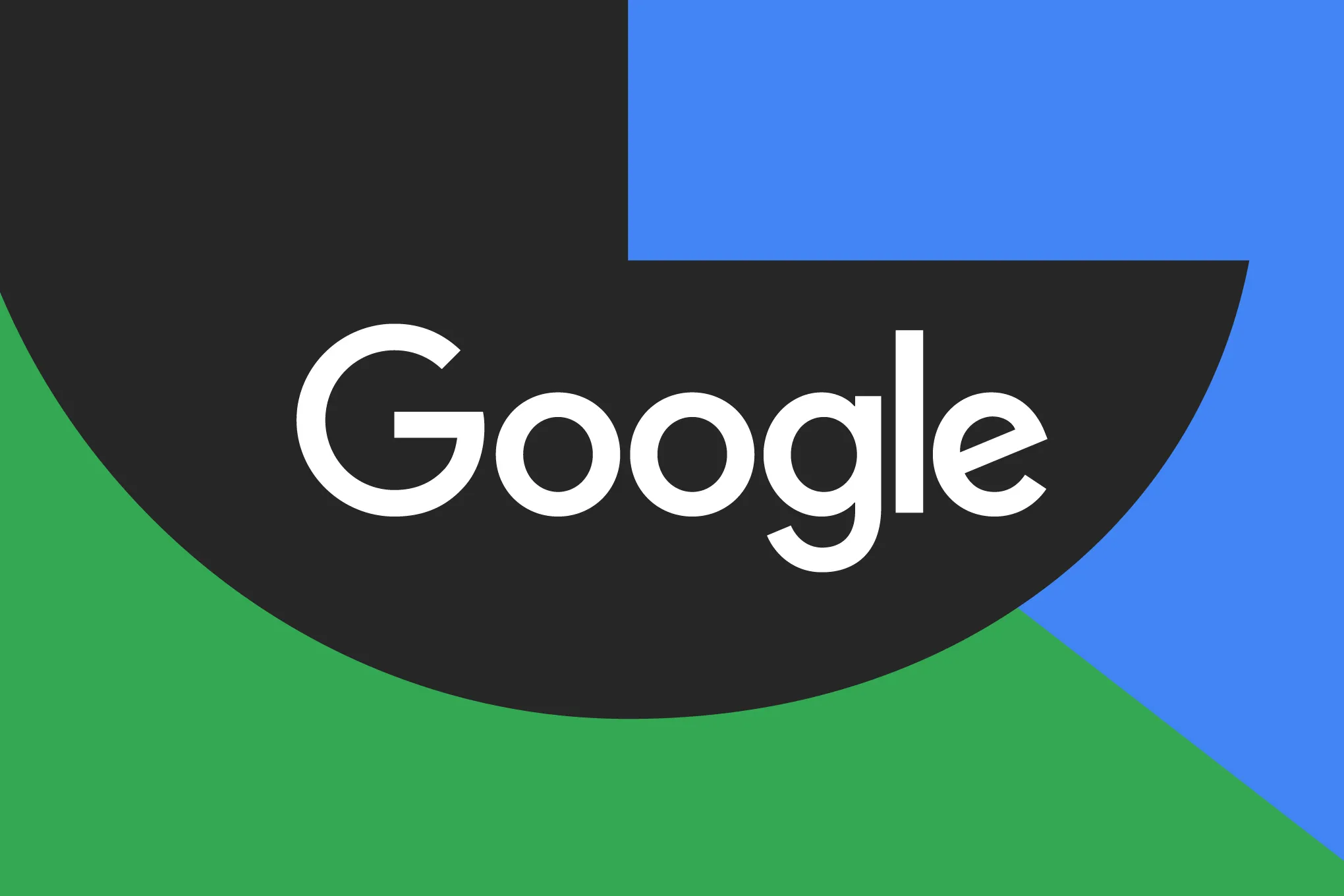
Google is rolling out some helpful updates to two of its popular apps: Google Drive and Files by Google. These changes are designed to make managing your files and watching videos much smoother.
First, Google Drive is getting a new video player. Now, when you upload a video to Drive and open it, you’ll notice a fresh look that matches Google’s latest design style. The controls, like play and pause, are easier to use and look cleaner. This update makes it simpler to watch videos directly in Drive without needing to download them first.
Meanwhile, the Files by Google app is also getting a makeover. The app is adopting Google’s Material 3 design, which means it looks brighter and more modern. The buttons and menus are easier to see and use, making it simpler to find, move, and organize your files. There are also new color options and improved icons, so everything feels more user-friendly.
Both updates show Google’s commitment to making its apps more helpful and enjoyable to use. Whether you’re watching videos in Drive or sorting files on your phone, these changes aim to save you time and make things less complicated. If you use these apps, keep an eye out for these new features—they should arrive soon!
-
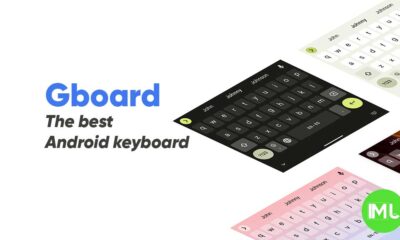
 Apps1 year ago
Apps1 year agoGboard Proofread feature will support selected text
-

 News1 year ago
News1 year agoSamsung USA crafting One UI 6.1.1
-
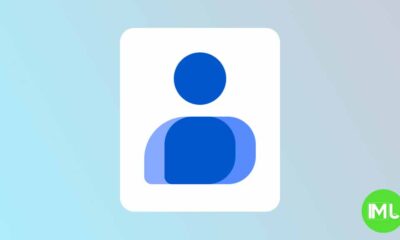
 Apps1 year ago
Apps1 year agoGoogle Contacts app testing new Besties Widget
-

 AI12 months ago
AI12 months agoGoogle Pixel 9 Pro may come with a complimentary one-year Gemini Advanced subscription
-
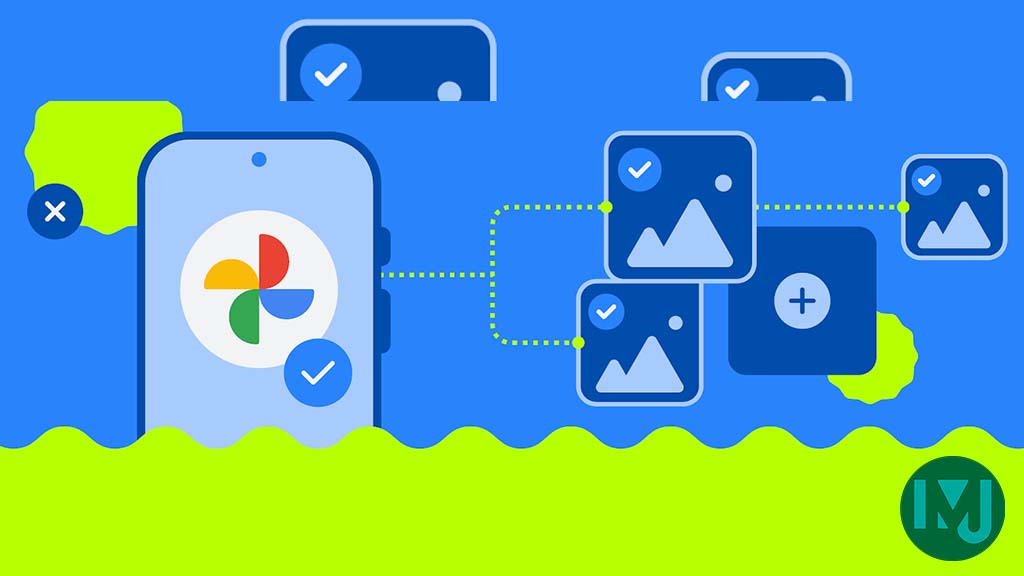
 Apps12 months ago
Apps12 months agoGoogle working on a new video editing feature for its Photo app
-

 News1 year ago
News1 year agoBreaking: Samsung Galaxy S22 may get Galaxy AI features
-

 Apps12 months ago
Apps12 months agoGoogle Maps lets you report traffic jams and accidents on Apple CarPlay, but not on Android Auto
-
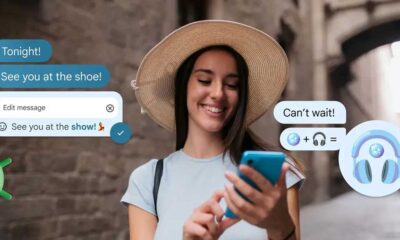
 Apps1 year ago
Apps1 year agoGoogle Messages app will transform MMS chats into RCS

